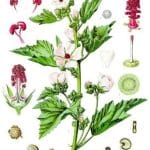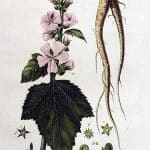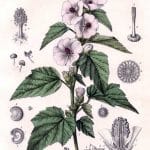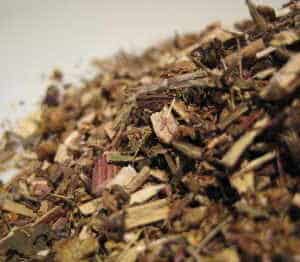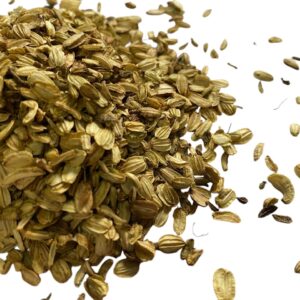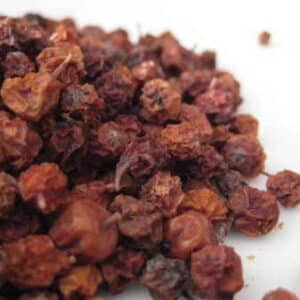Marshmallow Leaf (Cut) – Althaea officinalis
£7.50
Marshmallow Leaf Cut
Althaea officinalis
Also known as Altea, Alteia, Althaeae Folium, Althaeae Radi, Althea, Althée, Guimauve, Guimauve Officinale, Gulkhairo, Herba Malvae, Mallards, Malvavisco, Marsh Maillo, Mauve Blanche, Mortification Root, Racine de Guimauve, Sweet Weed, Wymote.
100 grams
Marshmallow Leaf is a native of most countries of Europe, from Denmark southward. It grows in salt marshes, in damp meadows, by the sides of ditches, by the sea and on the banks of tidal rivers. In the UK it grows almost everywhere but occurs mostly in the maritime counties in the south of England, ranging as far north as Lincolnshire. In Scotland it has been deliberately introduced.
Marshmallow Leaf has many colloquial names, some of which are Altea, Alteia, Althaeae Folium, Althaeae Radi, Althea, Althée, Guimauve, Guimauve Officinale, Gulkhairo, Herba Malvae, Mallards, Malvavisco, Marsh Maillo, Mauve Blanche, Mortification Root, Racine de Guimauve, Sweet Weed, Wymote.
Marshmallow Leaf is traditionally used as for the following purposes:-
Please note that Marshmallow Leaf is more gentle than the root.
It is an Anti-inflammatory- Antioxidant – Breathing Disorders – Bronchitis – Catarrh (respiratory mucous) – Cellular Regeneration – Cleansing – Colds and flu – Cough – Detoxification – Digestive Upsets – Gastritis – Gastroenteritis – Immune System – Laryngitis – Poultice – Skin Problems – Sore Throat – Urinary Tract Problems – Minor Wounds. Irritable Bowel Syndrome (IBS)
The excellent demulcent (soothing and gel creating) and emollient (moisturising) properties of Marshmallow Leaf make it a very useful herb in the relief of inflammation and irritation of the alimentary canal, so is used frequently in cases of Iritable Bowel Syndrome (IBS) but also for the urinary system and most probably best known for sore throats, comgestion and respiratory complaints.
It is most commonly taken as an infusion by steeping a teaspoonful or two of the leaf in freshly boiled water (not boiling as that will scald the herb but just off the boil when the water has stopped bubbling and fresh water in the kettle rather than water previously boiled)
If left for some minutes to get cool the infusion will form a thin gel which amply demonstrates this herb’s noted demulcent properties. It is this gel like behaviour that coats the throat or the alimentary tract, forming a porous barrier that allows normal cellular behaviour but creates a protective film to guard against further irritation and allows the inflamed area to calm down.
| best-before | |
|---|---|
| harvest | |
| batch-code | |
| country-of-origin |

